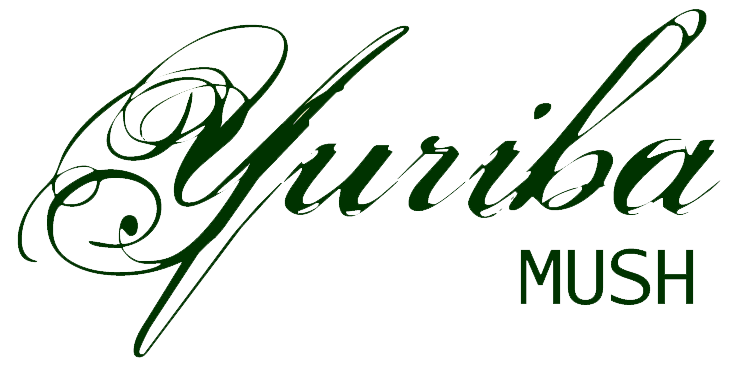Languages of Yuriba
The languages of Yuriba are many and various, and relatively few are of native origin.
Contents |
Imported languages
The formal official languages of the island are English and Japanese: these are the most commonly spoken languages in the village of Yuriba, as most immigrants are either from nearby Japan or an Anglophone country such as Australia or the United States of America. Virtually all Yuriba residents nowadays can at least get by in one language or the other, if not both (although sometimes only with the help of magically- or technologically-assisted translation).
No other imported languages are in common use in Yuriba; however, other foreign languages reportedly spoken by Yuribans (taken from census data) include:
|
|
|
|
|
Native languages
There are three language families into which the native Yuriban tongues can be grouped.
Liliaceous A
| OOC: Liliaceous A |
| Liliaceous A is never intended to be even partially deciphered or known by anyone. It's supposed to be somewhat mysterious – for decoration, rather than for communication. |
The Liliaceous A family consists entirely of Liliaceous A itself, which is the oldest attested Yuriban language. It is of unknown origin: no other attested languages appear to be related to it (although as it remains undeciphered it is impossible to be certain of this).
At the time of the Sealing, Liliaceous A was written in the Old Yuriban script, which appears to be ultimately derived from the ideographic Celestial script. (However, Liliaceous A does not itself appear to be related to Celestial.)
Extant Liliaceous A writings consist of only a few carvings on Lilian monuments, and even fewer documents preserved Underhill, copied and recopied over the millennia. The earliest carvings appear to date from some two to three thousand years before the Sealing.
Liliaceous B
The Liliaceous B family has its origins in Celestial, but is still considered a native group. Liliaceous B itself is properly a dialect of Celestial, originally adopted by the Underhill peoples for use in religious ceremonies. However, the original Celestial writing system does not appear to have been adopted along with it: Liliaceous B remained strictly oral, and what is known of it is entirely reconstructed. (The reconstruction can be done with some confidence, however, as the Celestial language of this time is well-attested from multiple sources.)
By at least one millennium before the Sealing, Liliaceous B had developed into what is now known as classical Yuriban Hieratic, and the Lilians' writing system, Old Yuriban, had been adapted to write it. (It is only through Yuriban Hieratic that we know the phonetic values of Old Yuriban: it is possible, but not considered likely, that Old Yuriban had wildly different phonetic values for Liliaceous A than for Yuriban Hieratic.)
Yuriban Hieratic has continued to evolve slightly over time, but it is largely used only in religious or scholarly contexts, much as Latin was during the Middle Ages: modern Yuriban Hieratic is not significantly distinct from the classical version, the differences being mostly the addition of vocabulary.
Underhillian
The Underhillian family includes all the modern demotic tongues spoken Underhill, such as Foxtongue, Cat-tongue, Fey, and Sylvan. Although few of these are mutually intelligible today, the divergence is relatively recent, dating to one or two thousand years after the Sealing. At that time there was effectively a single (non-priestly) language, formally known to linguists as Middle Yuriban Demotic, which (when written) also used the Old Yuriban script. However, few examples of this language still exist: the practice of writing Demotic apparently never fully took hold, resulting in significantly less resistance to fragmentation. Some, but not all, of the modern Underhillian demotic tongues have since developed their own writing system; none today use Old Yuriban.
Middle Yuriban Demotic was itself descended from Old Underhillian, the major (or only) language spoken Underhill at the time of the adoption of Liliaceous B – the two are not entirely distinct in the literature, but the dividing line is usually drawn at the time Old Yuriban was adopted for use in writing Yuriban Hieratic. As such, Old Underhillian is not directly attested.
